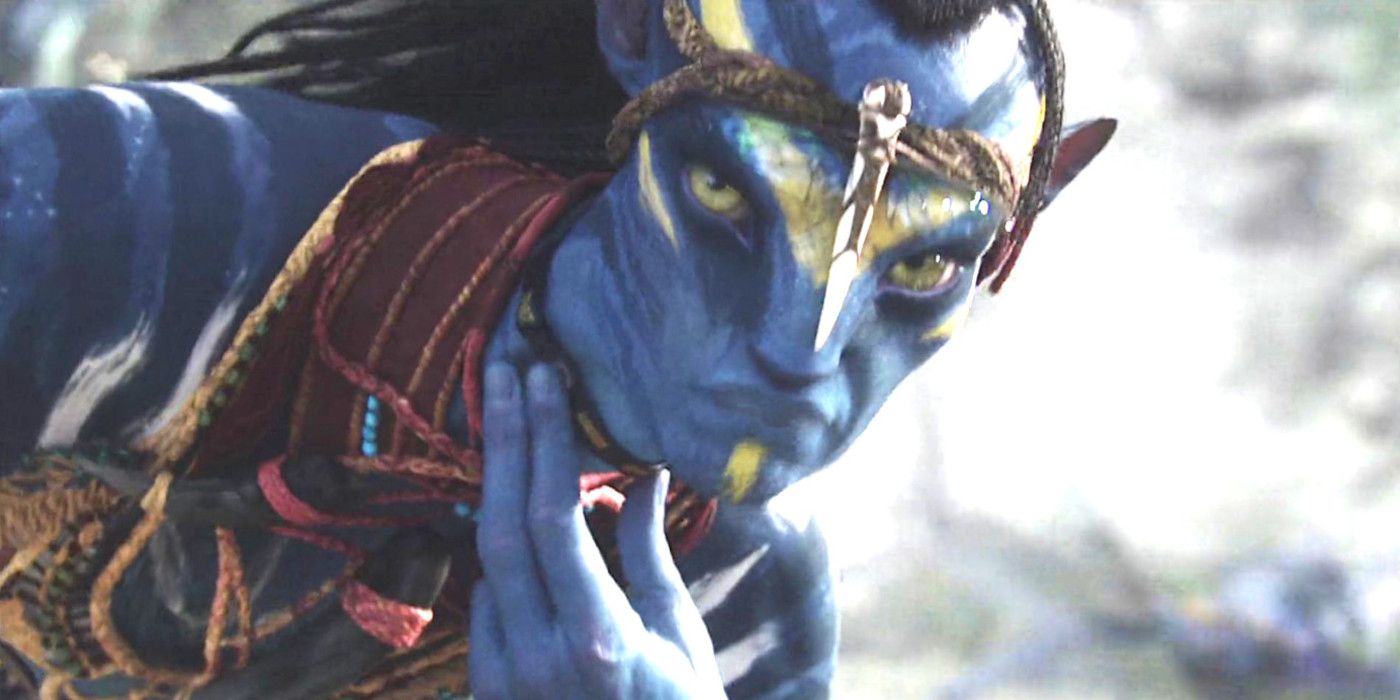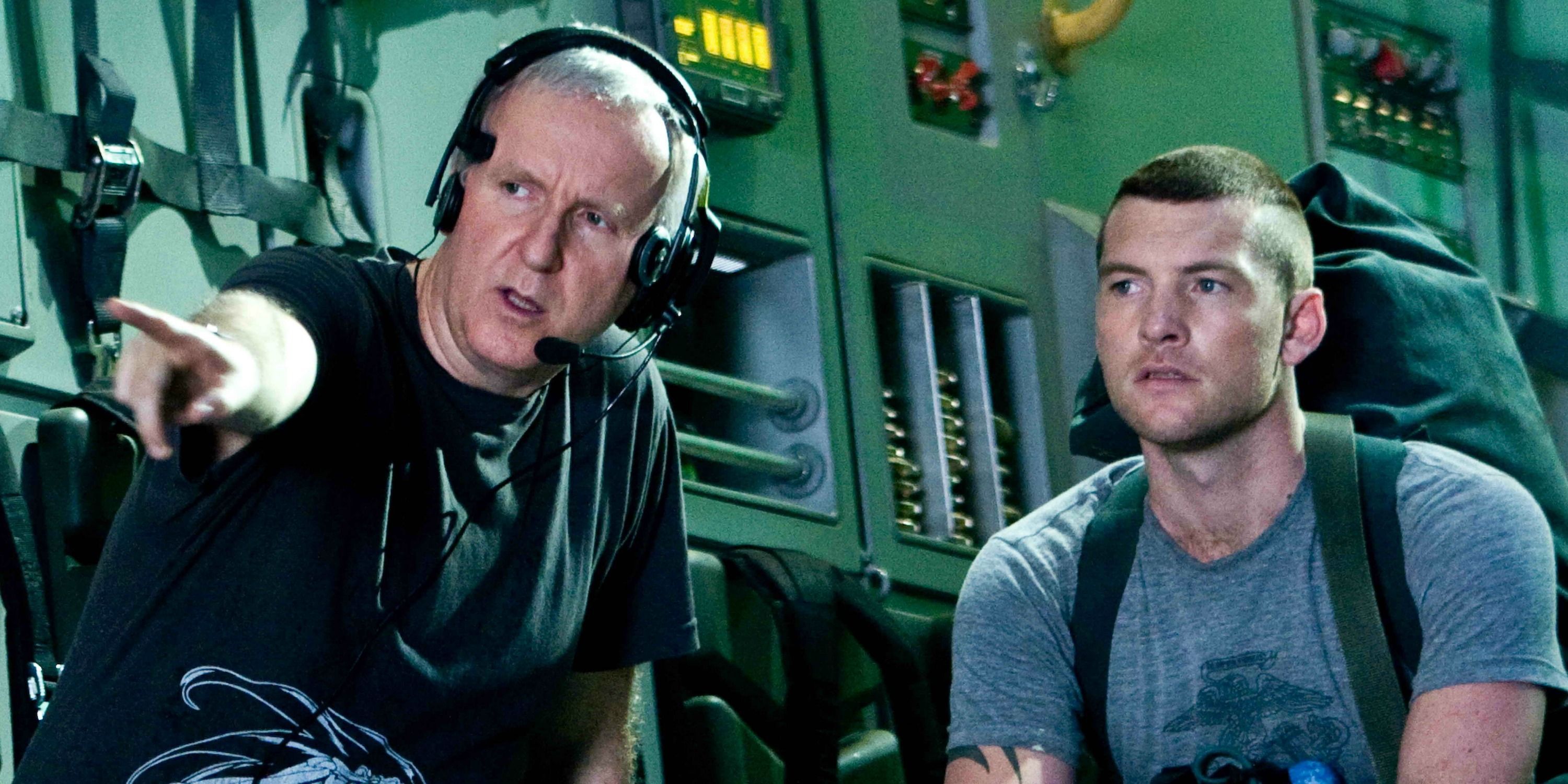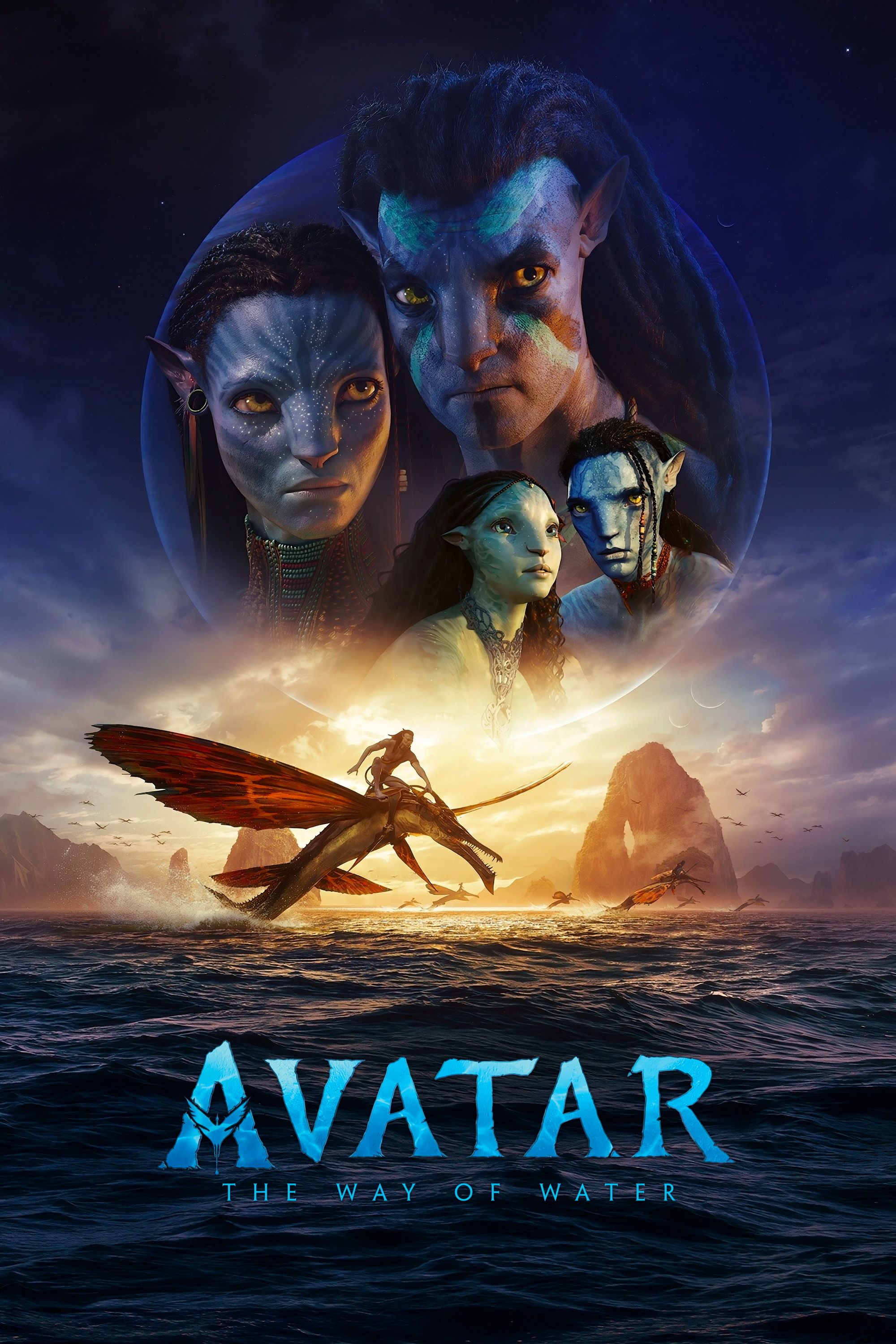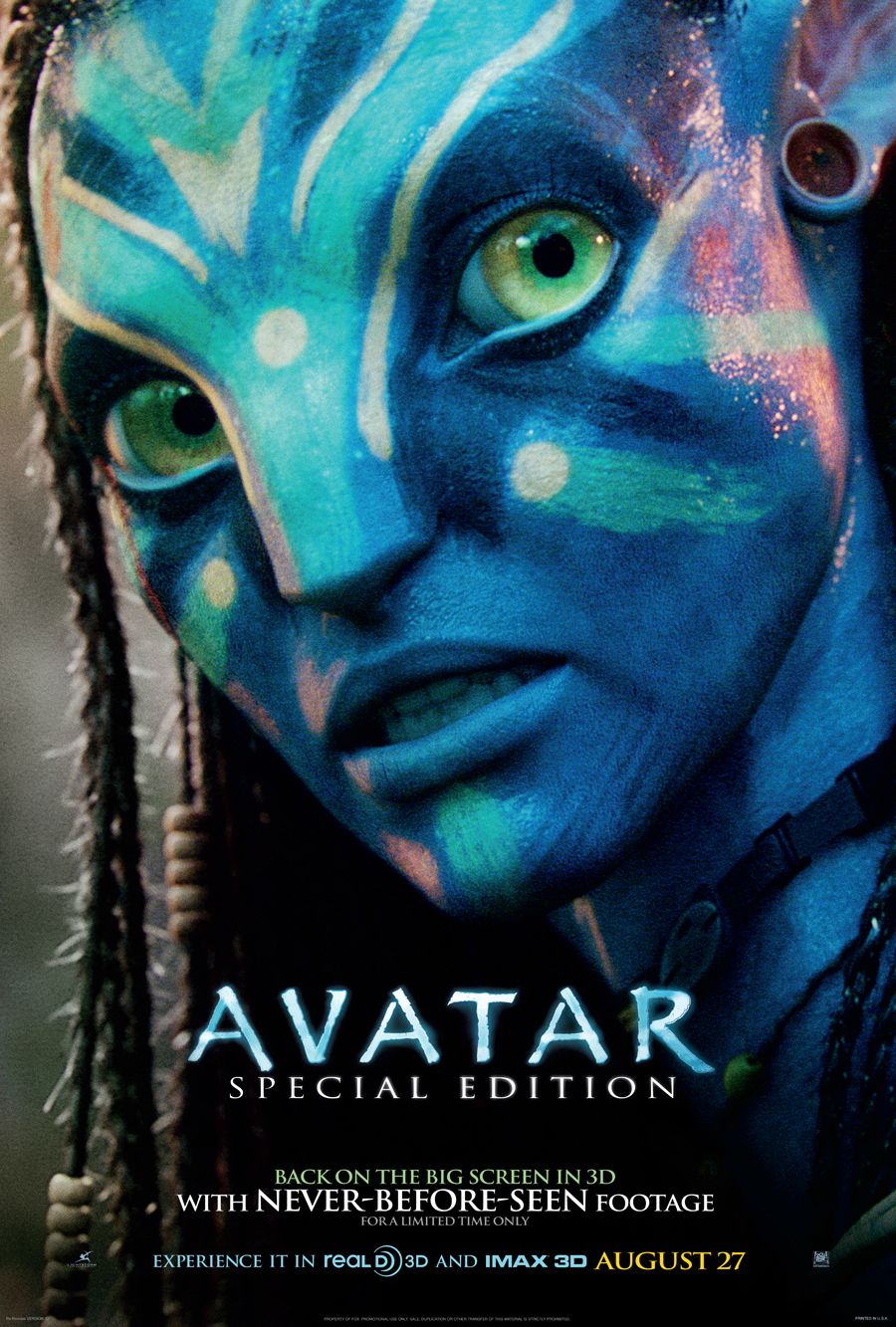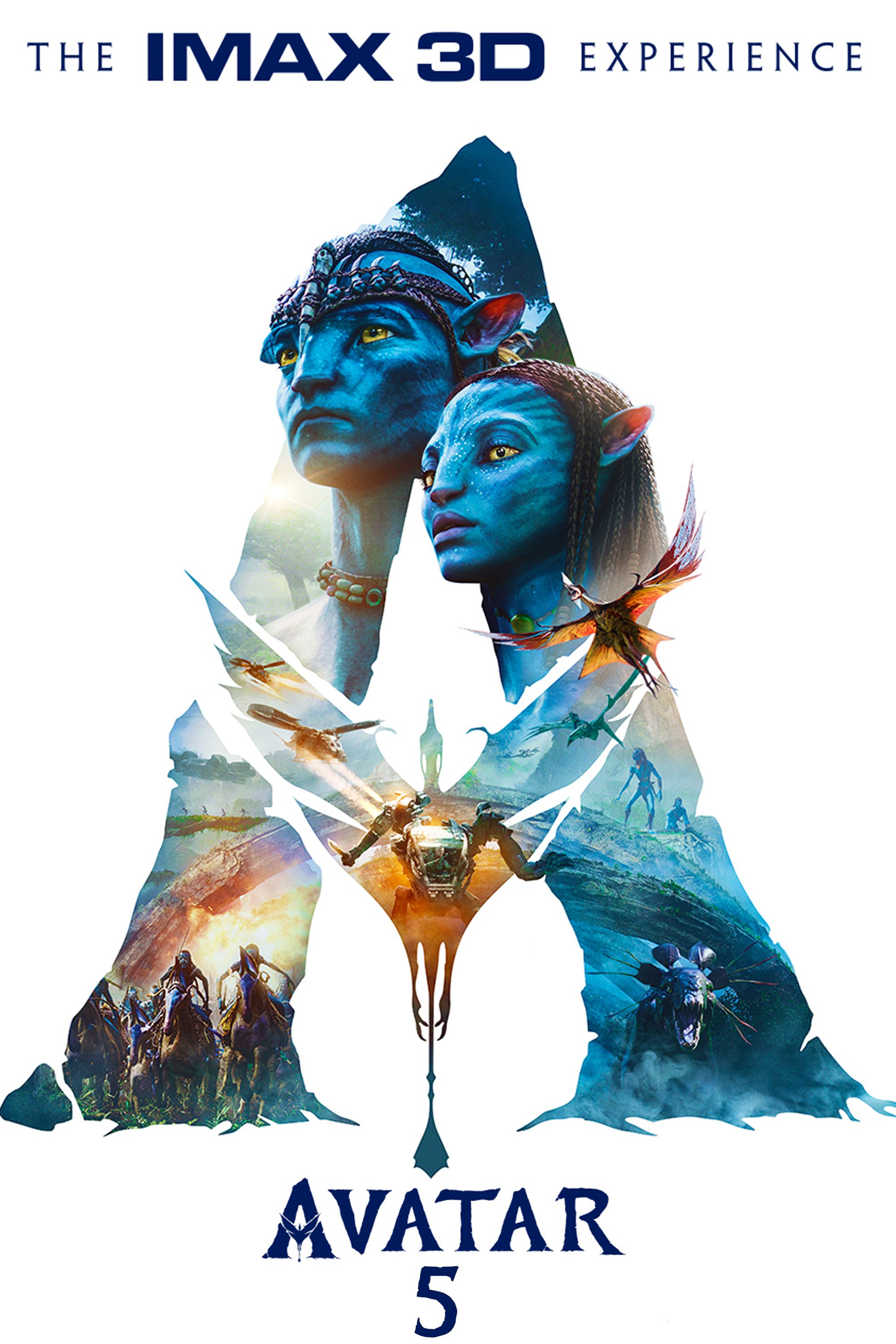Avatar 2 director James Cameron doesn’t agree with people who say 3D is over. Cameron famously helped launch a new wave of 3D movies with his 2009 blockbuster Avatar. But 3D movies were of course already an old-fashioned idea even back in 2009.
The 1950s indeed were the first decade that saw a major wave of 3D releases, as movie studios invented gimmicky new ways to lure audiences away from the new-fangled entertainment form known as television. The second wave of 3D then came along in the 1980s, as franchises like Friday the 13th, Jaws and Amityville Horror took advantage of the technology to add extra value to otherwise tired sequels. But 3D again seemed dead by the time Cameron and other filmmakers relaunched the concept in the 2000s, with Avatar leading the way as a state-of-the-art example.
3D of course is still an option in 2022 for fans who want something more than the usual blockbuster experience when they go out to multiplexes. Indeed, 3D has become so commonplace that it just feels like one more feature of the modern movie-going experience, like diverse food options and reclining seats. It’s for this reason in fact that Avatar director and 3D pioneer Cameron argues against those who claim 3D is no longer trendy (via JoBlo):
3D appears to most people to sort of be ‘over.’ But it’s really not over. It’s just been accepted. It’s just now a part of your choices when you go to the theater to see a big blockbuster movie … I liken it to color. When color films first came out, it was a big deal. People would go to see movies because they were in color. I think around the time of ‘Avatar,’ people used to go to see movies because they were in 3D … I think it had an impact on how films were presented that’s now just sort of accepted and part of the zeitgeist and how it’s done.
The 3D aspect of Avatar was indeed a big selling point for the movie when it came out back in 2009, helping propel the film to record worldwide box office grosses. And presumably, 3D will again be a big selling point for the long-awaited sequel Avatar: The Way of Water when it arrives in theaters later in 2022. But by Cameron’s own reckoning, the 3D experience doesn’t mean as much as it did when he unleashed Avatar the first time around, as audiences now simply accept 3D as one more choice on a menu that has become increasingly loaded over the last ten years of movie theater evolution.
Of course there’s a difference between a movie that really uses 3D to tell a story and one that employs it merely as a gimmick. One could argue that Cameron’s use of the technology on Avatar showed what could really be done with it to create an immersive experience, and therefore went far beyond 3D films that simply deploy it as an audience-attracting trick. Given Cameron’s reputation as an envelope-pusher, it’s almost certain that The Way of Water will achieve a wow-factor that surpasses the majority of today’s 3D films, which include the extra dimension almost as an afterthought. And perhaps Avatar 2 will be so impressive, it actually ushers in a new era of 3D films that genuinely embrace the technology as a storytelling tool and not a mere movie-going menu option.
Source: JoBlo

